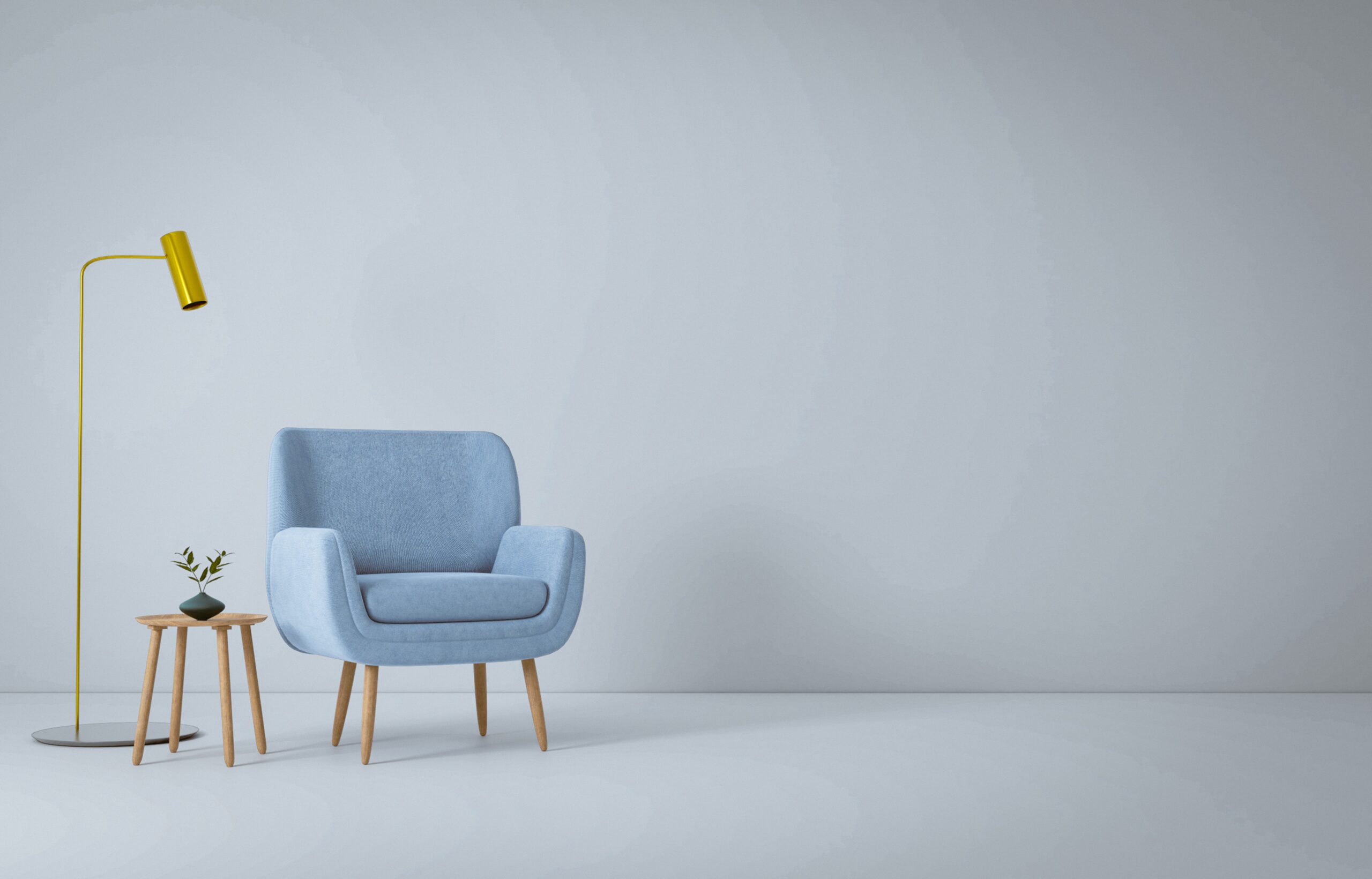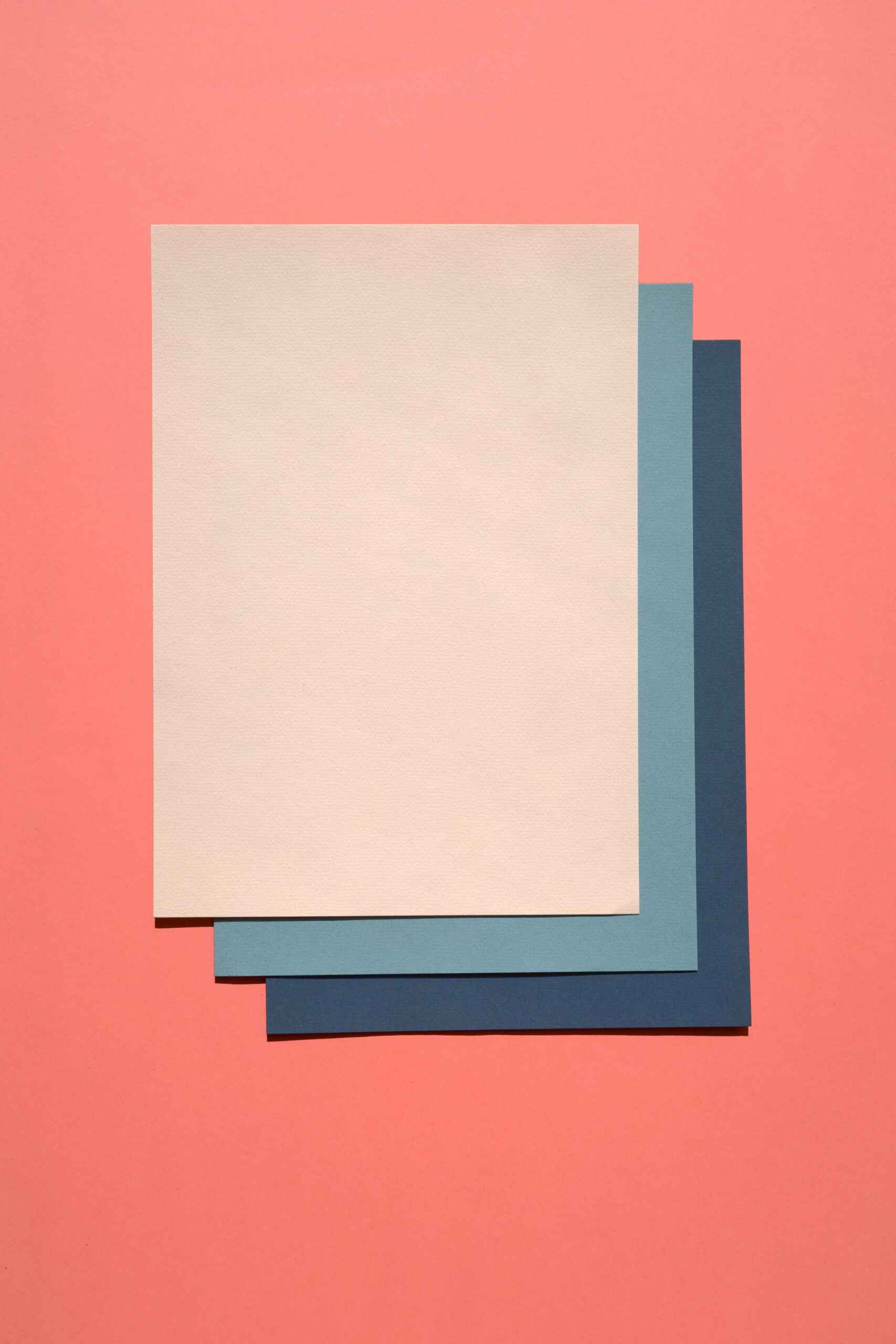In the world of design, there is a growing emphasis on creating unique and personalized experiences for clients. This is where the bespoke design process comes into play. Unlike off-the-shelf solutions, bespoke design offers a tailored approach that takes into account the specific needs and preferences of each individual client.
Understanding Bespoke Design
Bespoke design refers to the creation of custom-made products or services that are uniquely crafted to meet the requirements of a particular client. It is a collaborative process that involves close communication and collaboration between the designer and the client.
Unlike mass-produced designs, bespoke design allows for greater flexibility and customization. It enables clients to have a say in every aspect of the design, from the initial concept to the final product. This level of involvement ensures that the end result is a true reflection of the client’s vision and personality.
The Benefits of Bespoke Design
One of the key benefits of the bespoke design process is the ability to create something truly one-of-a-kind. By working closely with the client, the designer can understand their unique requirements and translate them into a design that is tailored specifically to their needs.
Another advantage of bespoke design is the attention to detail. Every element of the design is carefully considered and crafted to perfection. This level of craftsmanship ensures that the end result is of the highest quality and meets the client’s expectations.
Furthermore, the bespoke design process allows for greater flexibility and adaptability. As the client’s needs evolve, the design can be modified and refined to accommodate these changes. This ensures that the end result is not only visually appealing but also functional and practical.
The Collaborative Approach
Central to the bespoke design process is the collaboration between the designer and the client. This collaboration begins with a thorough understanding of the client’s requirements, preferences, and goals. The designer takes the time to listen and ask relevant questions to gain a deep understanding of what the client is looking to achieve.
Once the initial brief is established, the designer begins the creative process. They explore various concepts and ideas, presenting them to the client for feedback and input. This iterative approach allows for constant collaboration and refinement, ensuring that the design aligns with the client’s vision.
Throughout the design process, communication is key. Regular meetings and updates keep the client informed and involved in every step of the journey. This level of transparency builds trust and ensures that the client feels valued and heard.
Conclusion
The bespoke design process is a collaborative journey that puts the client at the center of the design experience. It offers a unique opportunity to create something truly special and tailored to the client’s needs. Through open communication and a commitment to excellence, the designer and client work together to bring their shared vision to life.
Whether it’s a custom-made piece of furniture, a personalized website, or a unique branding identity, the bespoke design process allows for a level of customization and attention to detail that cannot be achieved through off-the-shelf solutions. It is a testament to the power of collaboration and the value of creating something truly unique.

